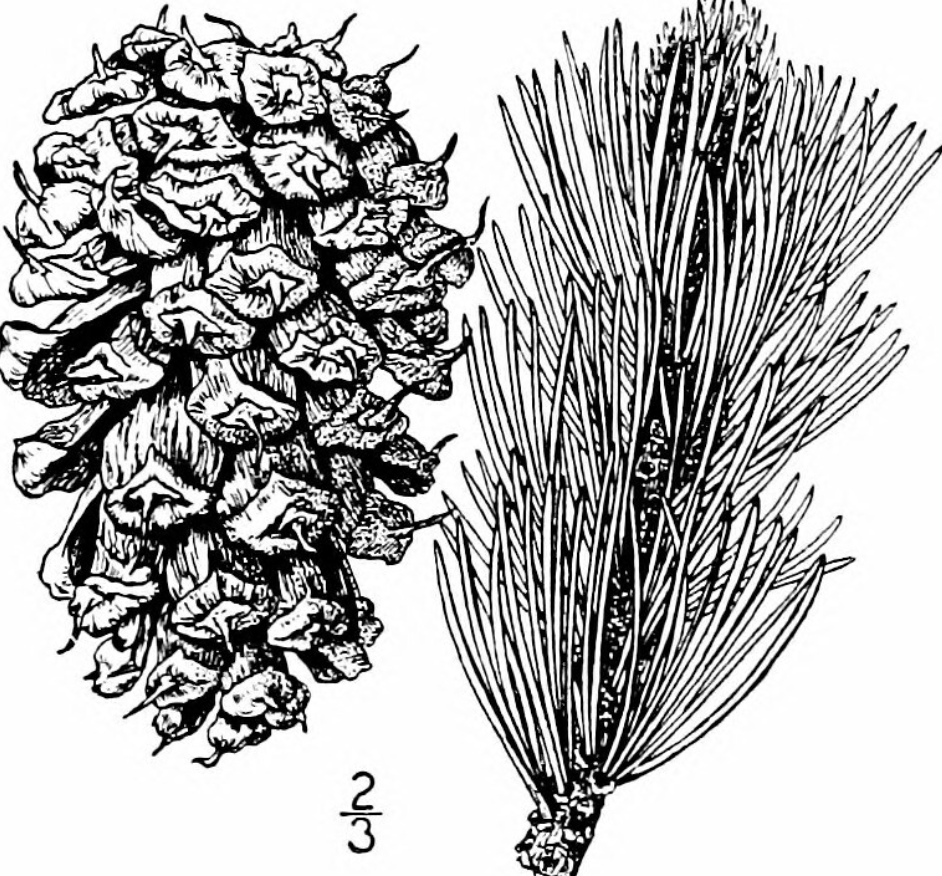218: The Man Who Planted Trees: 2of2: Lost Groves, Champion Trees, and an Urgent Plan to Save the Planet Hardcover – Deckle Edge, April 17, 2012

(Photo: Image from page 41 of "North American trees : being descriptions and illustrations of the trees growing independently of cultivation in North America, north of Mexico and the West Indies " (1908) Title: North American trees : being descriptions and illustrations of the trees growing independently of cultivation in North America, north of Mexico and the West Indies Identifier: cu31924074276845 Year: 1908 (https://www.flickr.com/search/?tags=bookyear1908) (1900s (https://www.flickr.com/search/?tags=bookdecade1900) ) Authors: Britton, Nathaniel Lord, 1859-1934 (https://www.flickr.com/search/?tags=bookauthorBritton_Nathaniel_Lord_1859_1934) ; Shafer, John Adolph (https://www.flickr.com/search/?tags=bookauthorShafer_John_Adolph) Subjects: Trees (https://www.flickr.com/search/?tags=booksubjectTrees) Publisher: New York : H. Holt and Co. (https://www.flickr.com/search/?tags=bookpublisherNew_York_H_Holt_and_Co_) Contributing Library: Cornell University Library (https://www.flickr.com/search/?tags=bookcontributorCornell_University_Library) Digitizing Sponsor: MSN (https://www.flickr.com/search/?tags=booksponsorMSN) Text Appearing Before Image: 20 The Pines for 4 to 6 dm. and persist for a number of years. The staminate flo^vers are in crowded, spike-like clusters, 12 mm. long; anthers reddish or orange. Pistillate flowers nearly terminal, oblong-oval, about 12 mm. long, their scales dark purple, ovate and sharp-pointed. The cones mature by the second autumn and are pen- dulous, nearly cylindric, 7 to 12 cm. long, about 4 cm. in diameter and dark pur- ple; the scales are elongated and narrow, slightly concave, much thickened, rounded, transvei-scly ridged, and terminated by an oblong, dark, concave knob, appendaged by a small deciduous spine. The seed is ovoid, full and rounded at the apex, tapering to the flattened base, about 8 mm. long, marked with dark purple; its wing narrowed upwards, somewhat obhque, 4 to 6 mm. wide; cotyle- dons about 5. The wood is soft, weak and brittle, close-grained and satiny; its specific gravity is about 0.54. The tree is reported to grow also in southern Oregon. 13. HICKORY PIXE â Pinus aristata Engelmann This rather small tree of the mountains of Colorado to Nevada, Arizona and southeastern California seldom forms forests alone, but is interspersed often with the Rocky IMountain white pine, and with Engelmann's spruce, at altitudes of 2400 to 3600 meters. Its maximum height is 15 meters, with a trunk diameter of 9 dm. At the higher altitudes it is often shrubby and much contorted. It is also called Foxtail pine and Bristle cone pine. The branches are stout, whorled, and verj- regular, forming a rather stiff cone- like tree; in old age it becomes more or less contorted by the irregular development of some of its branches. The bark is 12 to 16 mm. thick, irregularly fissured into confluent, broad, flat ridges, their surface broken into small, close scales of a red- brown color; on young stems it is thinner, smooth, almost white, and filled with resin bhsters which be- come enclosed in the thicker, older bark. The twigs are stout, orange- yellow and smooth, becoming dark brown or nearly black and rough- ened by the persistent remnants of the bud-scales. The branch-buds are broadly ovoid, sharp-pointed, 8 mm. long, or the lateral ones smaller, their scales pointed. The leaves are in fascicles of 5, their sheaths soon disappearing; they are dark green and shining, stout or slen- der and recurved, 2.5 to 4 cm. long, stiff, calloused-tipped, their lower faces marked with narrow rows of pale stomata, ) http://JohnBatchelorShow.com/contact http://JohnBatchelorShow.com/schedules http://johnbatchelorshow.com/blog Twitter: @BatchelorShow The Man Who Planted Trees: 2of2: Lost Groves, Champion Trees, and an Urgent Plan to Save the Planet Hardcover – Deckle Edge, April 17, 2012 https://www.amazon.com/Man-Who-Planted-Trees-Champion/dp/1400069068/ref=tmm_hrd_swatch_0?_encoding=UTF8&qid=&sr= The Man Who Planted Trees is the inspiring story of David Milarch’s quest to clone the biggest trees on the planet in order to save our forests and ecosystem—as well as a hopeful lesson about how each of us has the ability to make a difference. “When is the best time to plant a tree? Twenty years ago. The second best time? Today.”—Chinese proverb Twenty years ago, David Milarch, a northern Michigan nurseryman with a penchant for hard living, had a vision: angels came to tell him that the earth was in trouble. Its trees were dying, and without them, human life was in jeopardy. The solution, they told him, was to clone the champion trees of the world—the largest, the hardiest, the ones that had survived millennia and were most resilient to climate change—and create a kind of Noah’s ark of tree genetics. Without knowing if the message had any basis in science, or why he’d been chosen for this task, Milarch began his mission of cloning the world’s great trees. Many scientists and tree experts told him it couldn’t be done, but, twenty years later, his team has successfully cloned some of the world’s oldest trees—among them giant redwoods and sequoias. They have also grown seedlings from the oldest tree in the world, the bristlecone pine Methuselah. When New York Times journalist Jim Robbins came upon Milarch’s story, he was fascinated but had his doubts. Yet over several years, listening to Milarch and talking to scientists, he came to realize that there is so much we do not yet know about trees: how they die, how they communicate, the myriad crucial ways they filter water and air and otherwise support life on Earth. It became clear that as the planet changes, trees and forest are essential to assuring its survival.